In a hospital office overlooking Lviv suburbs swept by snow and wartime blackouts, US heart surgeon Bill Novick wonders at how he crossed paths for a second time with a Ukrainian girl he calls the “miracle kid”.
He first met Iryna Sidor in Kyiv in 2018, when she was barely three months old and needed what he calls “an emergency save-my-life operation” that took 15 hours. She was too weak for surgery to fully correct her severe heart problems, so his team fitted devices that stabilised her but were only intended to be temporary.
Between then and now, Memphis-based Novick visited Ukraine several times a year with funding from Cork-based Chernobyl Children International (CCI) and treated dozens of children with life-threatening heart disease. But there was no sign of Iryna.
“She just disappeared, we never heard from them again,” says Novick (68), describing how after the kind of surgery Iryna underwent in 2018 “you’d remove [the devices] and fix everything fully in three or six months – not four-and-a-half years later!”
This week Iryna reappeared, brought by her mother and grandmother to Lviv from the Black Sea port of Odesa, showing no signs that the baby-sized stent in her heart had impeded her development.
“This is unheard of. We looked at each other and said this is a case report, we have to publish this in the medical literature,” Novick says. “We were all completely shocked. I call her the ‘miracle kid’.”
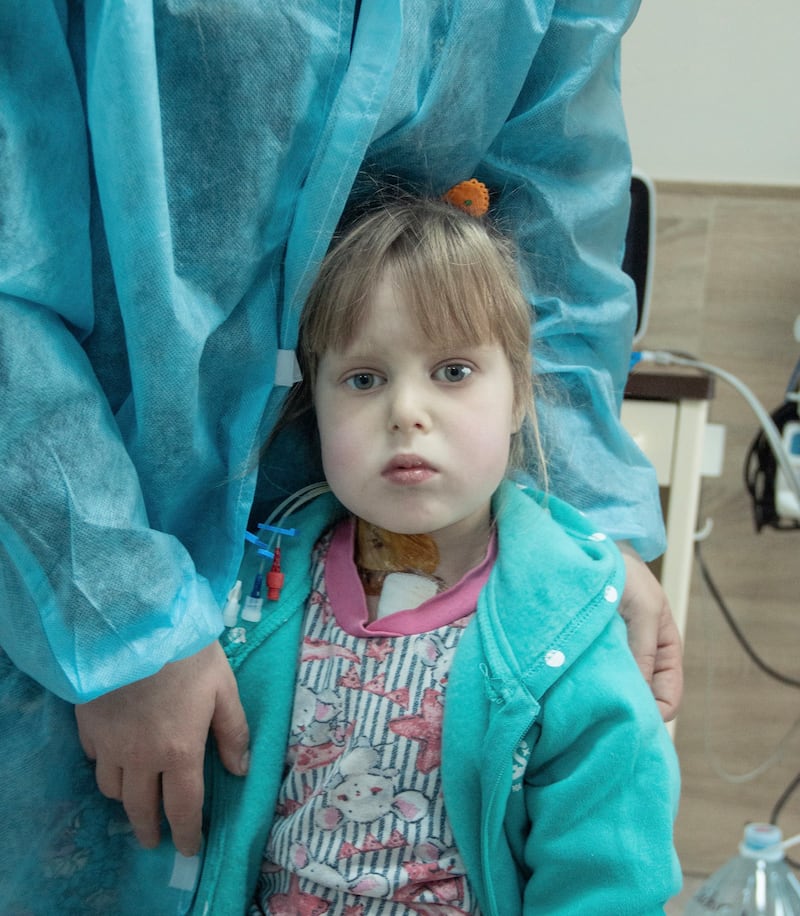
This is unheard of. We looked at each other and said this is a case report, we have to publish this in the medical literature. We were all completely shocked. I call her the ‘miracle kid’.
— US cardiac surgeon Bill Novick
His 12-strong team – working with local medics – have treated about 14 children during their current, nearly two-week visit to Lviv’s St Panteleimon hospital, and from about noon on Tuesday into the early of hours of Wednesday they operated again on Iryna.
“She was asleep for 13-14 hours, our [surgical] part was about 11 ½ hours. She comes back to the intensive care unit (ICU) as stable as a rock, all indicators perfect. She was hooked up at around 3am in the ICU and extubated before noon. The tubes came out and she sits up and talks to her mum,” says Novick.
“We did not expect that at all,” Roslyn Rivera, an ICU nurse co-ordinator from UCLA Mattel children’s hospital in Los Angeles, says of the speed of her recovery.
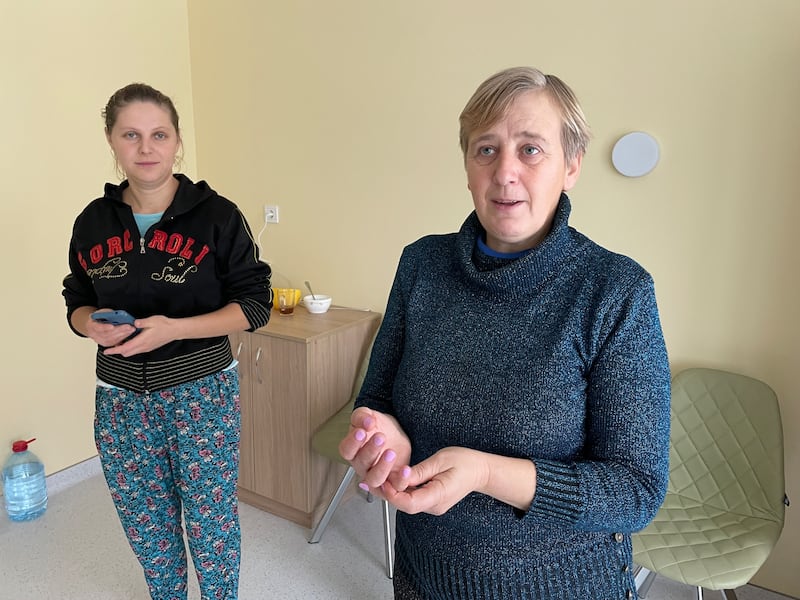
Down the corridor, Iryna’s mother Halya Sidor and grandmother Maria Ivaniv are waiting for her to be released from ICU to a general ward.
“When Iryna was born she spent 2 ½ months in intensive care ... and the doctors at a hospital in Kyiv said they couldn’t fix her heart problem. It was too complicated,” Sidor says.
“They said that if we had lots of money then we might be able to find a way and the child might live, but without it there wasn’t much chance.”
Ivaniv says they “went to lots of hospitals and knocked on all the doors looking for help” before finding out about the missions of the Novick Cardiac Alliance to Ukraine, which have taken place several times a year since 2008 with funding from CCI.
“We’re just so grateful that they’re coming to Ukraine to do these operations and save our children,” she adds.
“We hope this is Iryna’s last surgery. It’s more than fantastic that she’s been able to have this treatment,” Sidor says. “We’ll go back to Odesa as soon as possible, as soon as it’s safe for Iryna for travel.”
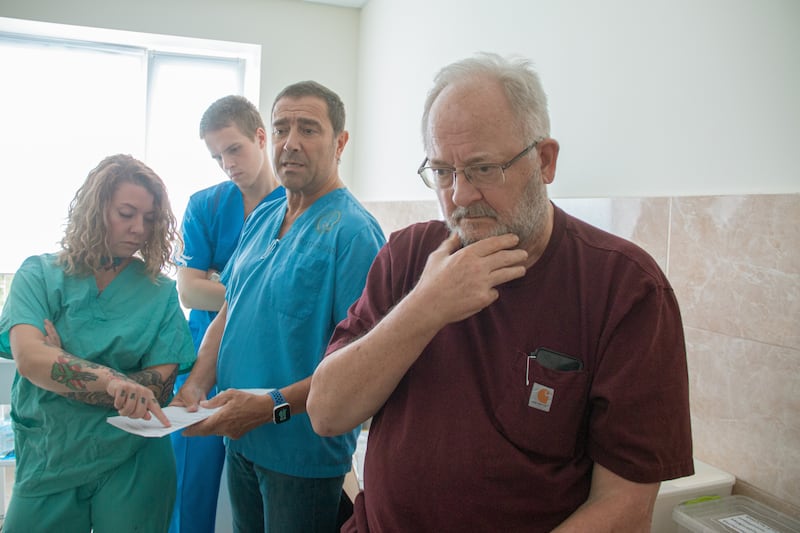
I want to express my gratitude to Irish people specifically: you’re such a small country, but you’ve made such a difference for myself and my field of work and for kids with heart disease in Ukraine
— US cardiac surgeon Bill Novick
Nowhere is entirely safe in Ukraine 10 months into Russia’s all-out invasion, and Odesa has suffered major blackouts due to repeated missile and drone strikes on civilian infrastructure that have destroyed or badly damaged a third of the national grid.
Hospitals have priority for Ukraine’s scarce electricity, and power has stayed on at St Panteleimon during Novick’s current visit, though a previous trip was disrupted by security fears when Russia bombed a maternity hospital in the southeastern city of Mariupol and hit Lviv airport with cruise missiles when a cardiac mission was working in the city.
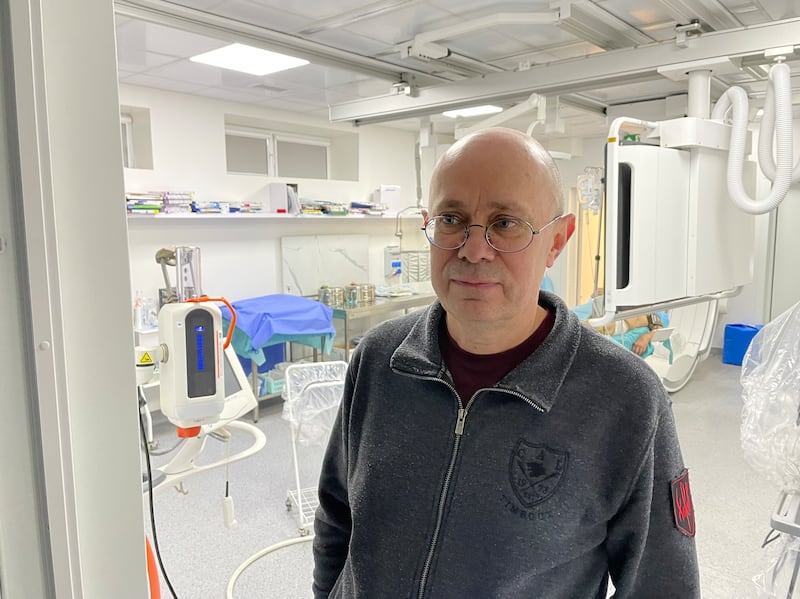
Yet Lviv, near the Polish border, has been a safe haven for hundreds of thousands of Ukrainians fleeing fighting and intense shelling in eastern and southern regions, including the wife and children of heart specialist Ihor Polivenok (54).
He now divides his time between Lviv and his hometown of Kharkiv, after the nearby village of Ruski Tyshky where he lived with his family – just 20km from the Russian border – was occupied in the first hours of full-scale scale war.
“Explosions woke us up at 5.15am on February 24th and I don’t expect to forget it for as long as I live. The electricity was off in surrounding villages and from the big windows in our house, which looked north towards Russia, we saw rockets being launched into the black sky,” he recalls.
“We grabbed a backpack with our documents that we had prepared just in case, grabbed the dog and the cat and jumped into the car and got away.”
Polivenok had moved his children to Lviv before the invasion, and he and his wife spent the first week of war in Kharkiv city during “terrible, continuous shelling by tanks and artillery, and attacks by aircraft that flew really low and dropped bombs.
“My colleagues and I lived in the hospital that week. The authorities told people not to go on the streets because you could be killed by the Russians or accidentally by our forces. The hospital wasn’t hit directly but the windows were smashed by explosions nearby. After a week a friend took my wife to Lviv and I joined them later.”
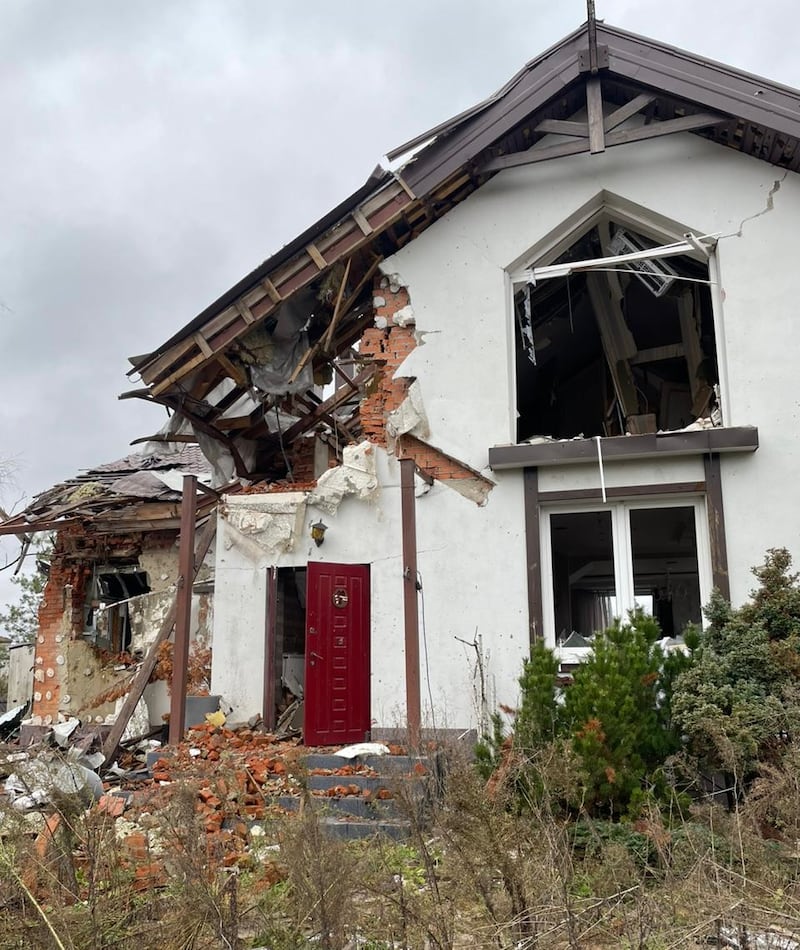
Our village was under constant shelling. We finally went back three weeks ago and found the house destroyed … The Russians lived there and stole everything, even clothes and underwear
— Heart specialist Ihor Polivenok
Ruski Tyshky found itself on the frontline when Ukrainian forces retook it in May but Russian troops remained in neighbouring villages, until most of Kharkiv region was liberated in September.
“Our village was under constant shelling. We finally went back three weeks ago and found the house destroyed ... The Russians lived there and stole everything, even clothes and underwear. Of course all the appliances and electronics were gone,” says Polivenok.
“The military warn you that unexploded mines are everywhere ... No one is living there, but a neighbour who visited from Kharkiv told us two people from the village had already been blown up by mines.”
Polivenok worked with Novick on CCI-funded missions that visited Kharkiv several times a year between 2008-2018, transforming cardiac treatment for children at the city’s Zaitsev institute of general and emergency surgery, where he leads a department.
“It changed dramatically, completely. In the beginning we had no equipment, no skills or knowledge as a team, and we were not able to operate on any children except very few, very simple cases ... But by the end of the programme we could fix every lesion, maybe with the exclusion of performing a heart transplant,” he recalls.
“I want to express my gratitude to Irish people specifically: you’re such a small country, but you’ve made such a difference for myself and my field of work and for kids with heart disease in Ukraine – such a big difference, in Kharkiv, Kyiv and now in Lviv.”
CCI has invested more than €107 million in Ukraine and neighbouring Belarus since 1986 – the year of the Chernobyl nuclear disaster north of Kyiv – and says its cardiac programme has saved the lives of more than 4,000 children.
The charity has sent €90,000 of aid to Ukraine this year, ranging from food and bedding to house-repair materials, to help it cope with what CCI founder Adi Roche calls a “humanitarian crisis”.
“It is inspiring to witness the true heroism of the doctors and nurses who are braving the perils of the war to save the lives of babies,” she told The Irish Times.
“Now, thanks to the bravery of this international team and the generosity of the people of Ireland, they have a fighting chance of survival.”
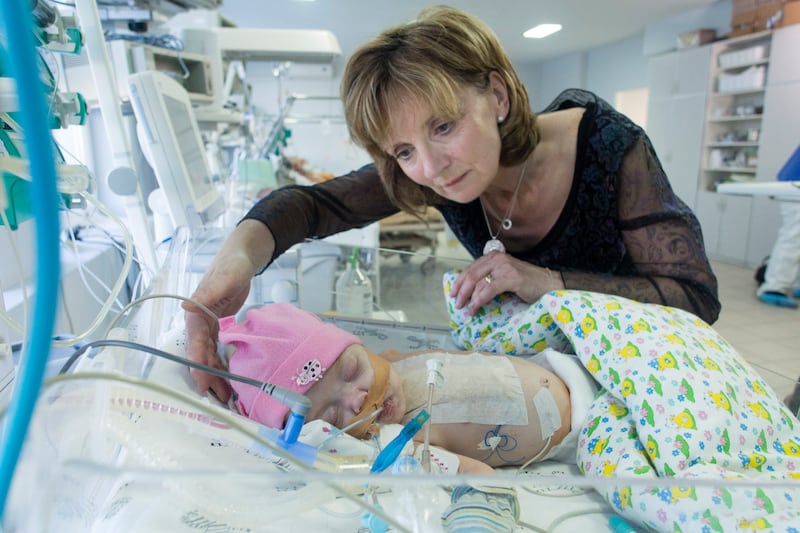
It is inspiring to witness the true heroism of the doctors and nurses who are braving the perils of the war to save the lives of babies
— Chernobyl Children International founder Adi Roche
Novick remembers how his team took responsibility for 95 per cent of patients’ care during the first visits to Kharkiv, and how that fell to just two per cent by year eight as Polivenok and colleagues acquired the necessary skills.
“They will get there here in Lviv too ... Now we’re at about 50/50,” says Novick, who has led cardiac missions to 36 countries and this year also worked in Lebanon, Iraq, Ecuador, Libya and the Democratic Republic of Congo.
Another wave of Russian missiles hit Ukrainian cities and power infrastructure on Friday, and after months of violent upheaval Polivenok no longer looks too far ahead.
“We can’t plan for the future, it’s too unpredictable ... Many things I never could imagine are the new normal for us. People have changed – all of us – because of this war. But I think and hope that most changes are for the good,” he says.
“I’m pretty sure we will overcome what will probably be the most difficult winter in our history. And it is thanks to western support,” Polivenok adds.
“The intention of Russia is to break us in our resistance, but the result is the opposite. So you want us to work without electricity? Okay, we will do this – but we will never give up.”





















